Hey, all! This is Quinn from zquinns_art on Instagram! I was lucky enough to get samples of the fall 2022 Archer and Olive watercolors, and I immediately fell in love with the muted jewel tones that the palette offers. It screams an autumn aesthetic, and as an autumn lover, I wanted to use them as soon as possible. But I also wanted to make a painting that would allow each of the colors to shine in their own right. After a few sketches and ideas, I found the perfect image to recreate: a woodpecker. I specifically painted a female woodpecker because, while they are less distinct than their red-capped male counterparts, I find their black and white coloring to be simply gorgeous. So, whether you want to recreate this painting or just want to see the new watercolors in action, I hope you find something useful here!

Supplies:
- The new watercolors
- Watercolor paper: I am using a sheet of paper from the A&O B5 watercolor notepad
- Watercolor palette: I am using the A&O palette box
- Watercolor brushes
- Cup of clean water
- Towel or paper towel to dry the brush off with

1. Start by testing the colors, taping down, and sketching the piece
It’s always a good idea to test out new watercolors before using them, that way you can see what the color looks like with varying amounts of water and when it fully dries. You can either do that on a separate piece of paper or at the top of the paper as I did. I’ve also included a printable at the bottom of this post that you can use to test the six colors using different amounts of water.
I don’t do any color mixing in this piece, so it’s good to know what each of these colors looks like before you start! It also makes this a very beginner-friendly art piece.
Before the sketch, I like to tape the paper to a stiff piece of cardboard. You want to put it on something stiff while painting so that the paper doesn’t buckle and will dry flat. By taping first, you don’t get any stray pencil marks underneath!
2. Start painting the backgrounds
For this piece, there are two main parts of the background: the leaves and the tree bark. I started with the leaves using the Mullberry and Burnt Ochre to give it an autumn look. If you watch this video, I have a timelapse of me creating the piece. You’ll notice I go over the leaves a few times to get very vibrant colors.
I also use a wet-on-wet technique to get the blurry texture. That just means that I wet the paper first and add wet color to the wet page. This is also helpful for controlling where the color goes as it won't move beyond the part that you wetted. Make sure the piece is dry before putting on another layer or moving to the next area of the painting. You don’t want the colors to all bleed together.
For the tree, I went with the Meadow Pink and Midnight Mist. An odd combination but one that works. I started with simple streaks of wet paint on the dry paper to get that rougher bark texture. Then I went in with a more pigmented brush to get more texture near the feet.

3. Paint the woodpecker!
I used the two different shades of green to make the woodpecker. Once again, an odd choice, but one that worked well for me. I started by getting in some basic shading using the Pale Moss. Don’t put too much down so that the bird still looks white in the end! But a little tint of green along the belly and chin can add a lot of depth. I also used this color to paint the feet.
Once that is dry, using a very heavily pigmented brush of the Myrtle color (add just enough water to paint), start at the bottom feathers and work your way up. I discovered this technique while painting the bird and it worked very well! You can watch the video to see how I move my brush.
I went over this part of the painting many times. This allowed the green to get dark enough to read as black or close to black. Don’t hesitate to add layers of color to saturate and deepen the colors of your painting.

4. Let the paint dry and take off the tape!
This is always my favorite part. After about two hours of drying, the piece should be completely done! Make sure to check that you are happy with the colors before you take off the paint. It can be frustrating to have to retape the painting and fix a little piece. But once the painting is to your satisfaction, carefully peel off the tape. Then you have your finished piece ready to show off!

Like I said earlier in the blog, the idea of this painting was to show off each of the six new colors! You can see each highlighted with a matching pair in the three parts of the painting: Mulberry and Burnt Ochre for the leaves, Pink Meadow and Midnight Mist for the tree, and Pale Moss and Myrtle for the bird. If you want to test your colors before you use them, feel free to use this color swatching printable. It’s a good idea to know how much of the pigment you want to use for each part.
If you recreate this or make anything with the new watercolors, make sure to tag me and Archer and Olive! I love to see what you create, and I want to see what all you make with this beautiful palette! Happy painting!

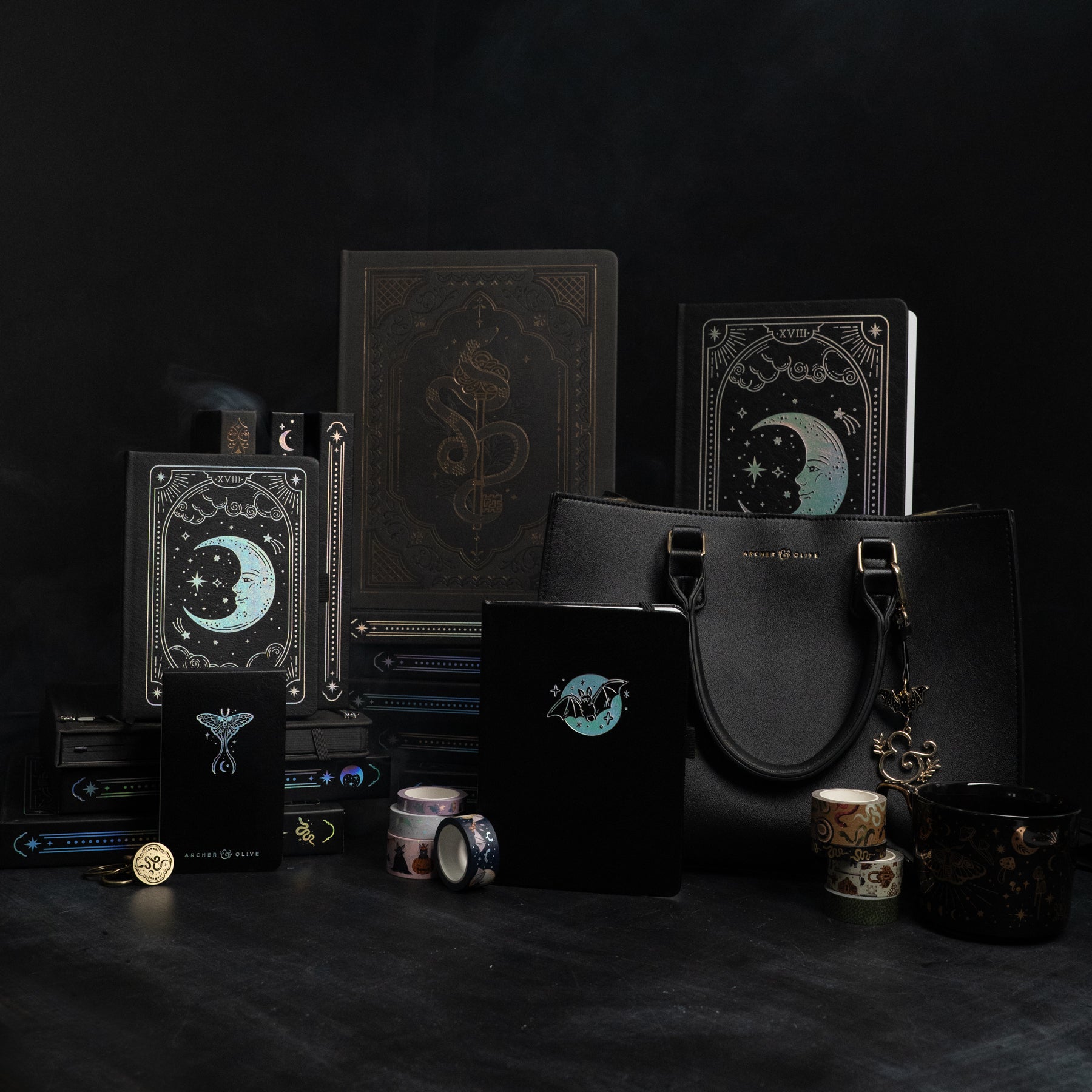
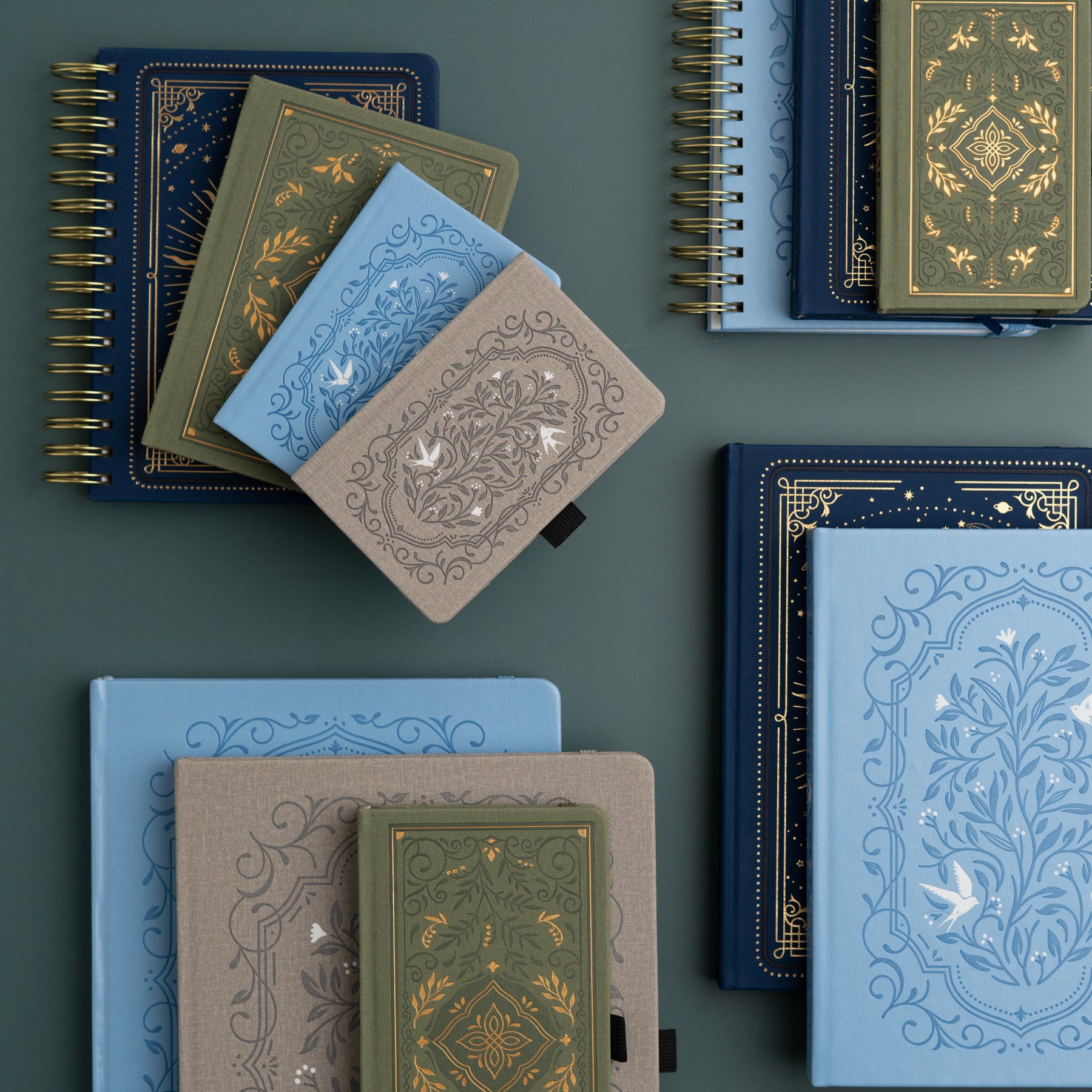



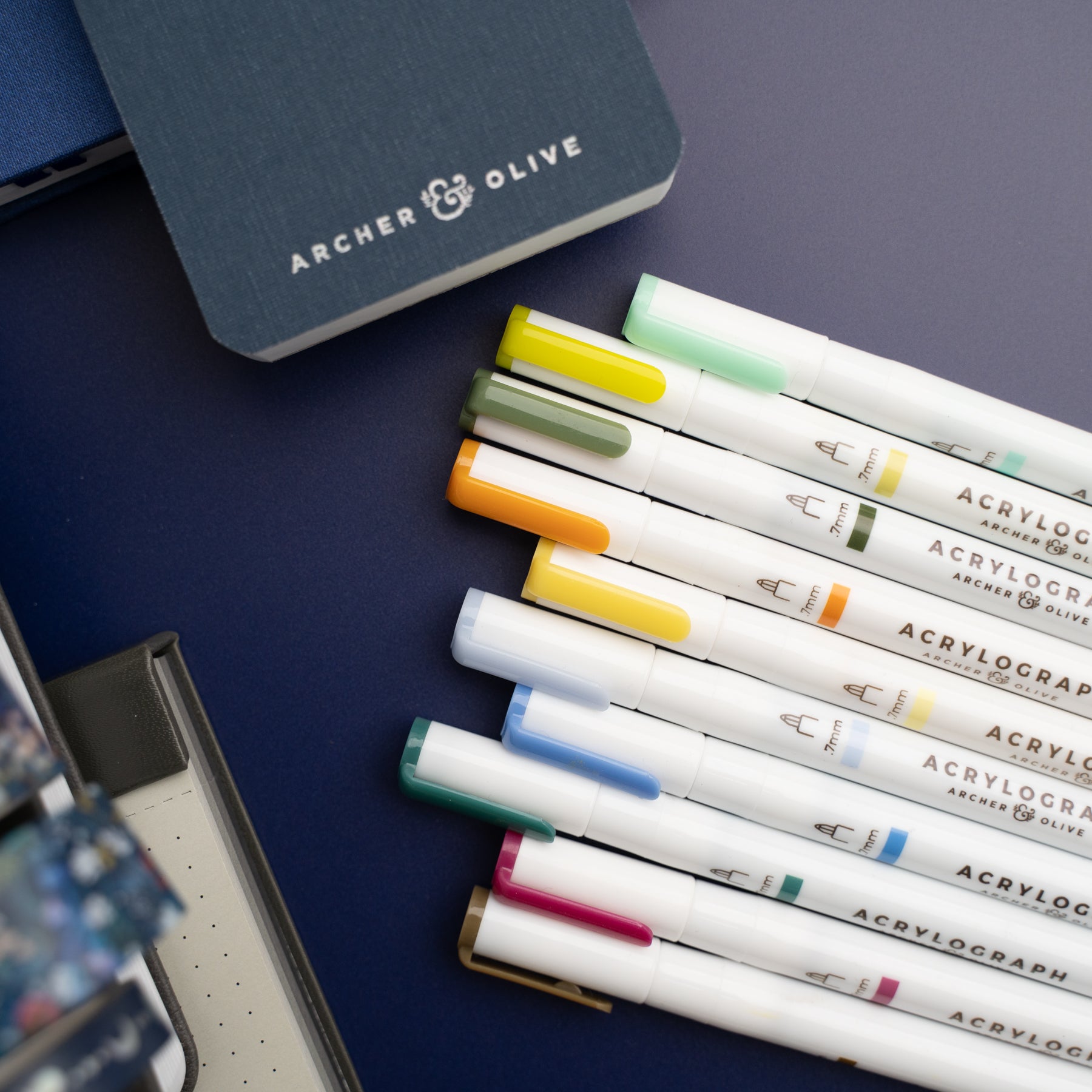
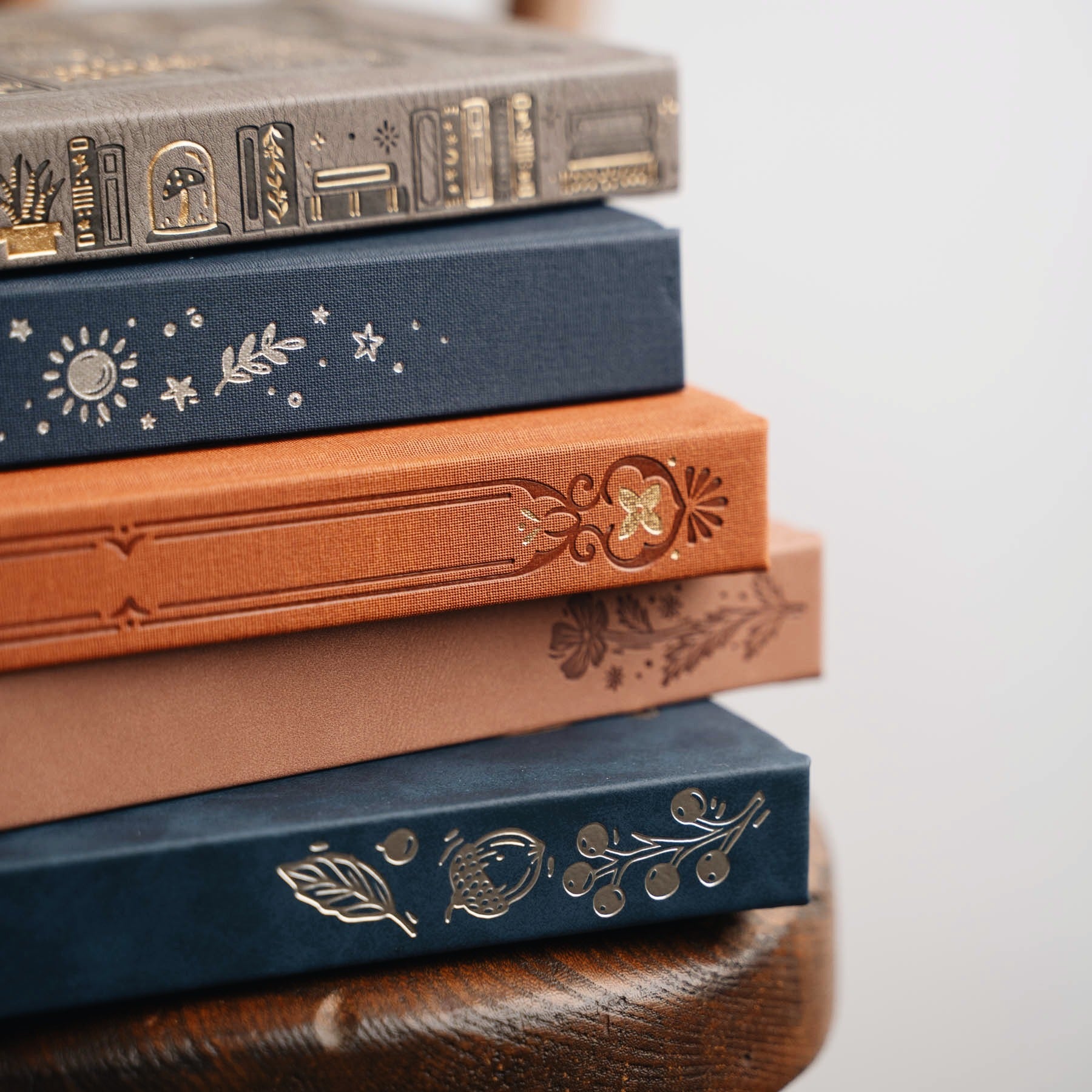
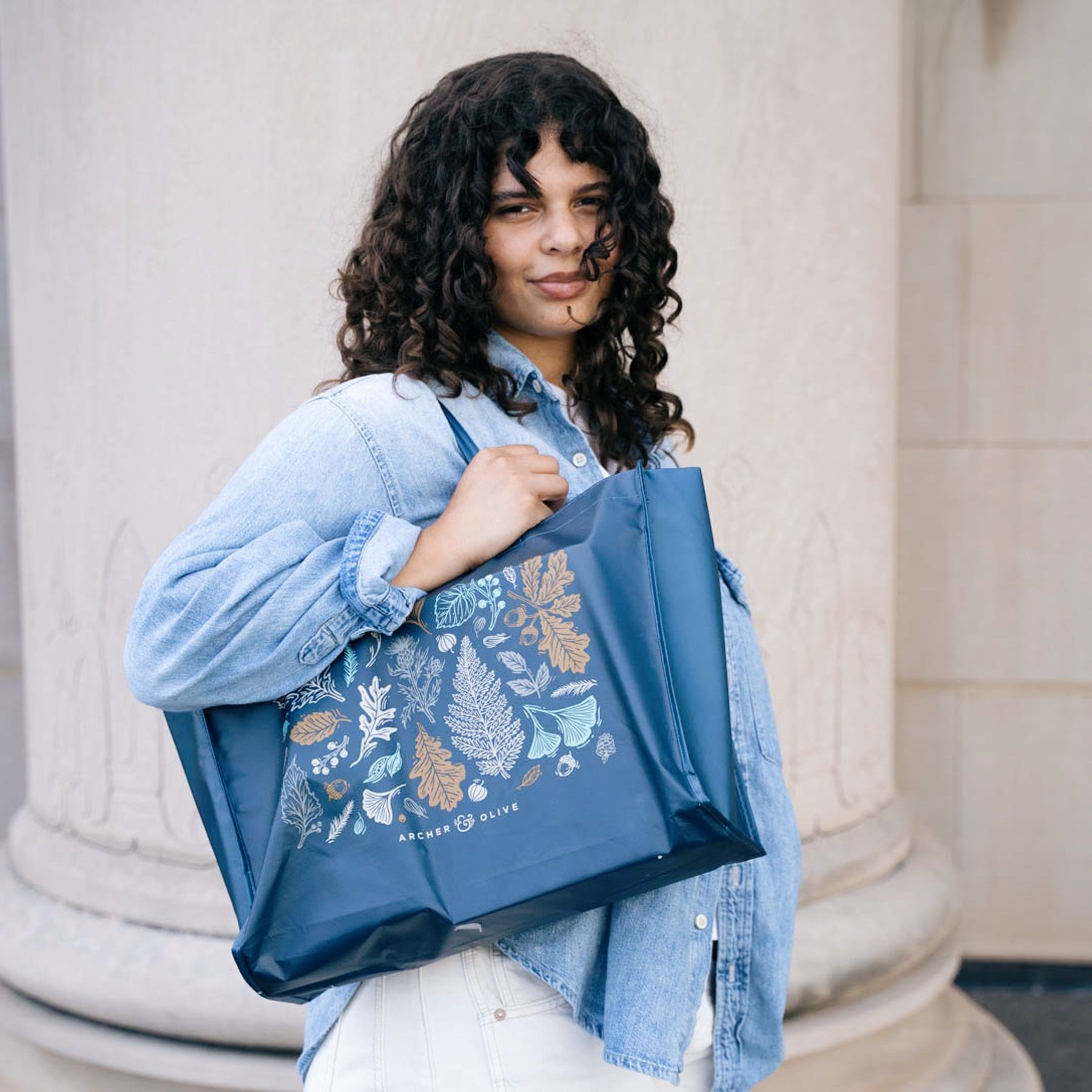
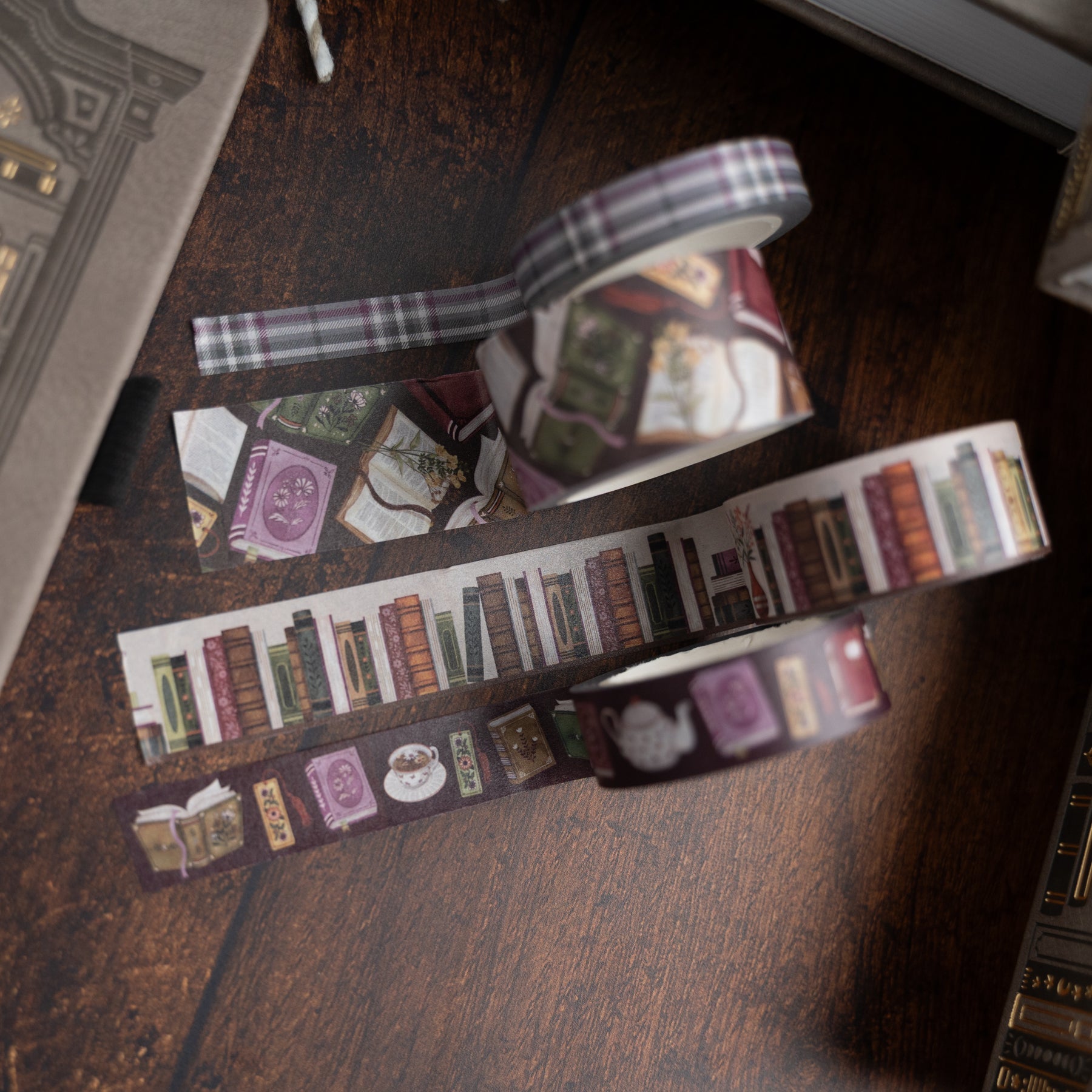
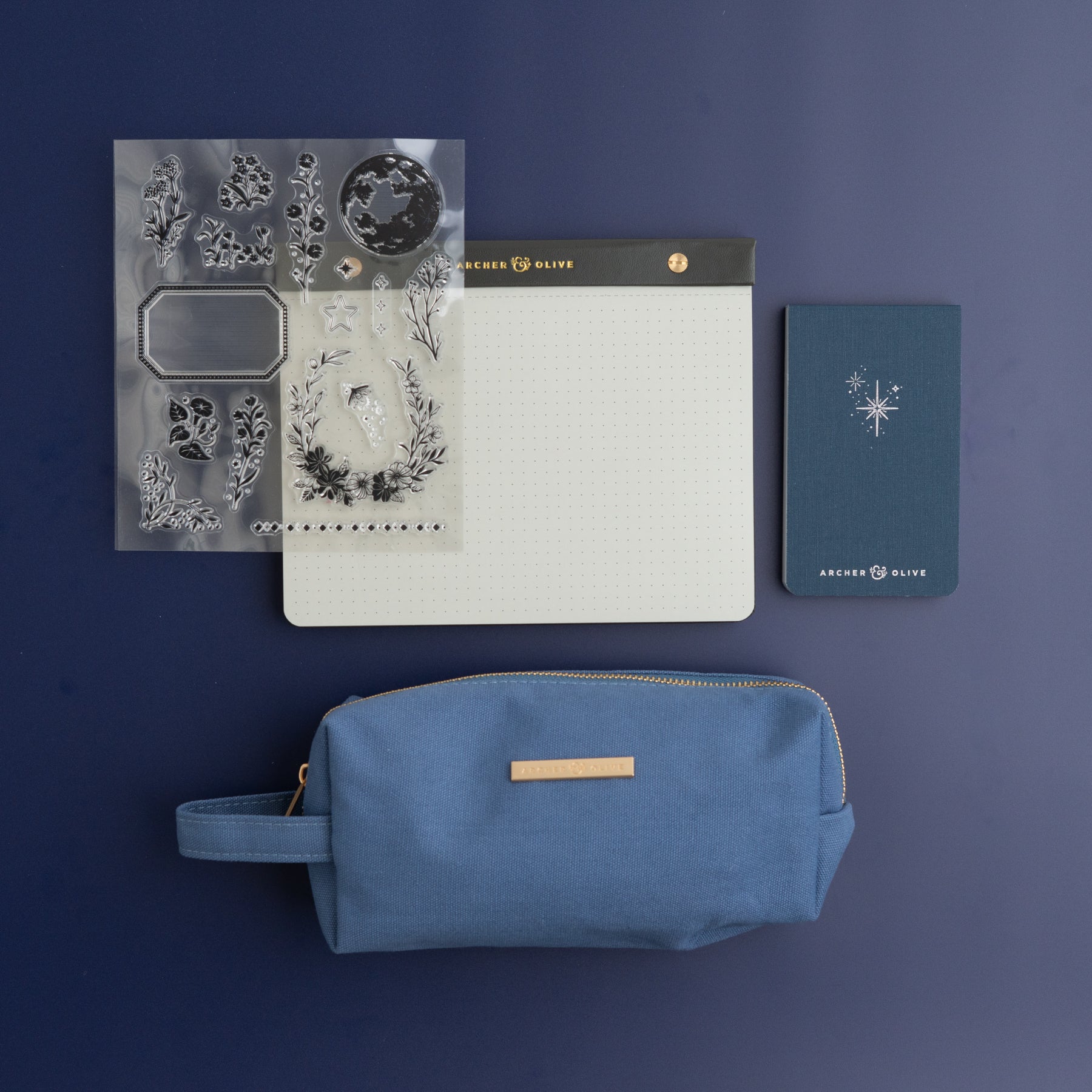
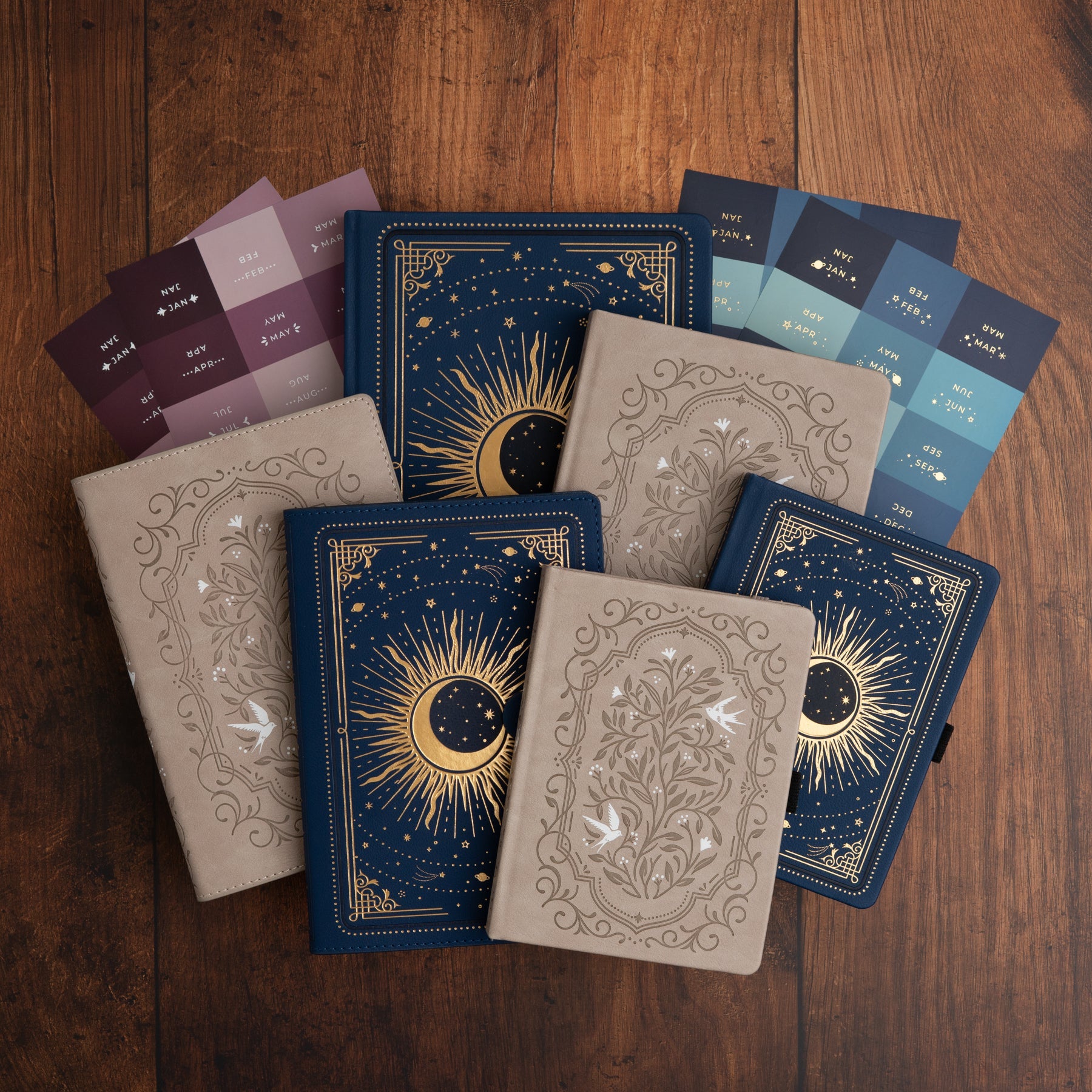
1 comment
This is gorgeous – thanks for the inspiration!